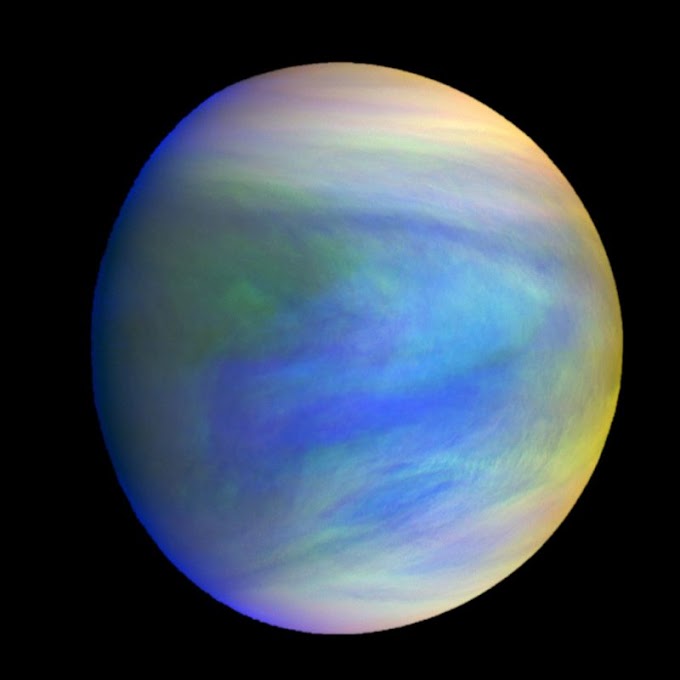GSAT stands for Geostationary Satellite which is a set of communication satellites developed by India and used primarily for audio and video broadcasting.
INSAT stands for Indian National Satellite System which is a program by ISRO with the aim of providing services to fields such as disaster management, weather forecasting and telecommunications.
| GSAT-8 in clean room at ISRO Satellite Integration and Test Establishment(ISITE) |
GSAT-8 was launched from Kourou, French Guiana, South America on May 21, 2011. It was placed in Geosynchronous Orbit at 55 degrees East longitude. It made use of I-3K Bus system. The propulsion system consisted of a 440 Newton Liquid Apogee Motors (LAM) with mono Methyl Hydrazine (MMH) as fuel and Mixed oxides of Nitrogen (MON-3) as an oxidizer for orbit raising. For Attitude Determination and Control System (ADCS), it made use of eight 10 Newton and eight 22 Newton bipropellant thrusters, Momentum and Reaction Wheels, Magnetic Torquers. There are also onboard sensors - Earth Sensors and Sun Sensors. The satellite will be powered by a primary source consisting of a solar array capable of providing 6242 watts and a secondary source consisting of three 100 Ah Lithium-Ion batteries.
Read: RESOURCESAT - 2
 |
| GSAT-8 (Credit-ISRO) |
GSAT-8 carried a two-channel GPS Aided Geo Augmented Navigation (GAGAN) payload. GAGAN is a system used to improve the accuracy of GNSS receiver which is a part of Satellite-Based Augmentation System (SBAS). Two-channel chosen for GAGAN in this mission are L1 and L5. A 0.8m x 0.8m L-band helix antenna will be used for this communication. A C-band 0.6 m antenna is also onboard.
GASAT-8 also carried twenty-four high power transponders working on Ku-band. This is achieved by using two 2.2m diameter deployable reflectors. This system will be primarily used for TV broadcast services which will cover the Indian mainland and Andaman and the Nicobar Islands.
Also Read: NIUSAT
Summary:
Launch – May 21, 2011, 2:08 am ISTPayload mass – 3100 kg (at take-off), 1426 kg (Dry mass)
Orbit – GEO
Inclination – 0.04 degrees with 55 Degrees East Longitude
Launch site – Kourou, French Guiana, South America
Launch vehicle – Ariane-5 VA-202
Mission life – 12 years (planned)
Owner-- ISRO






0 Comments